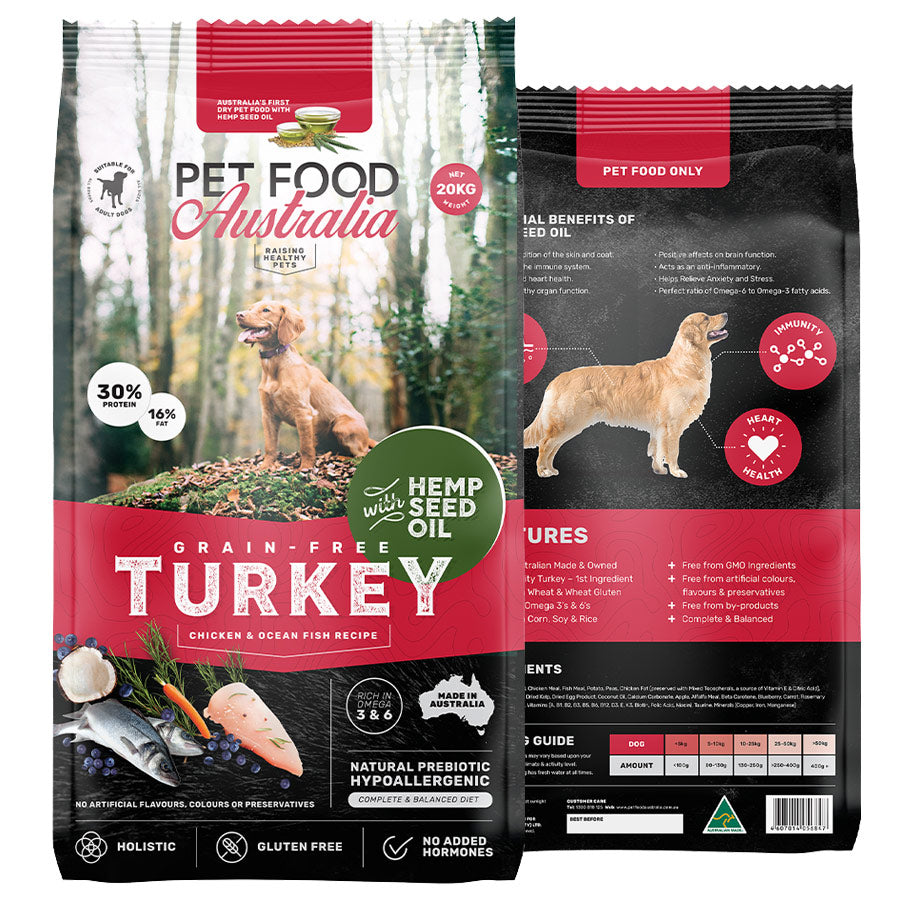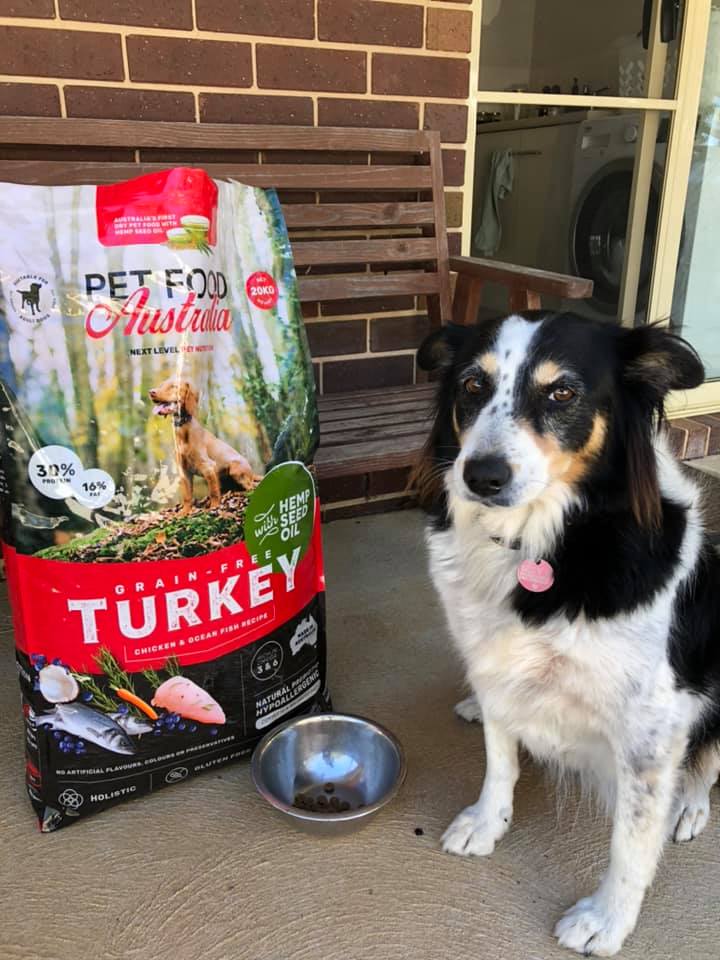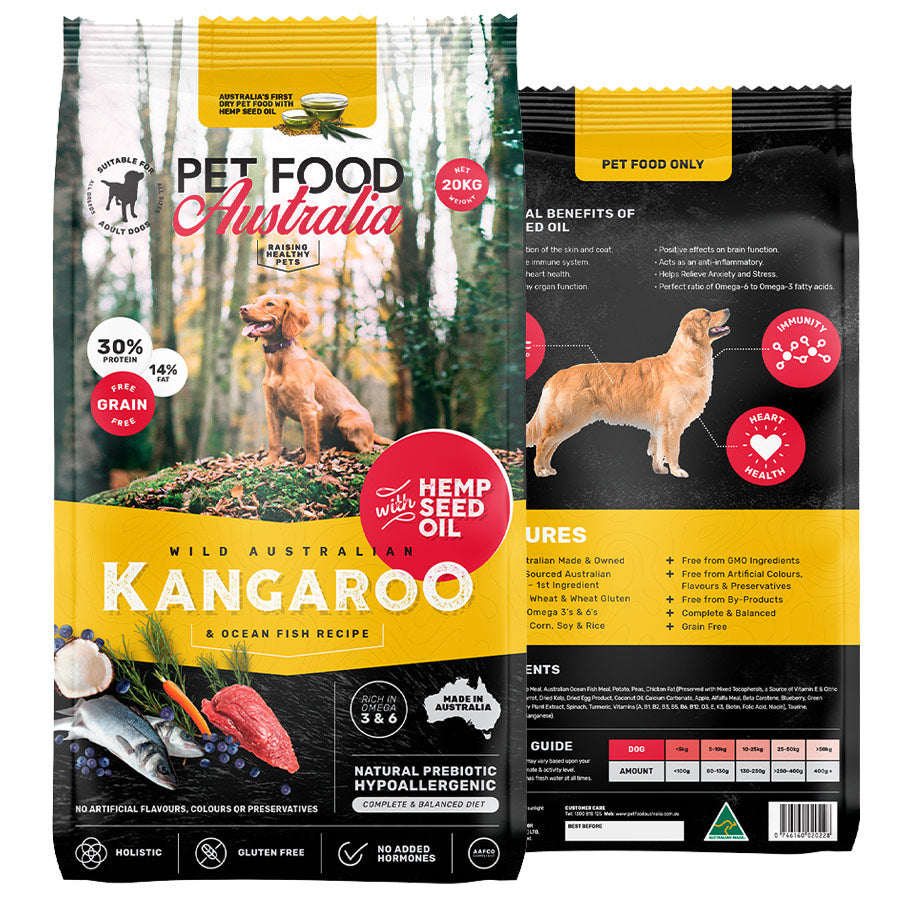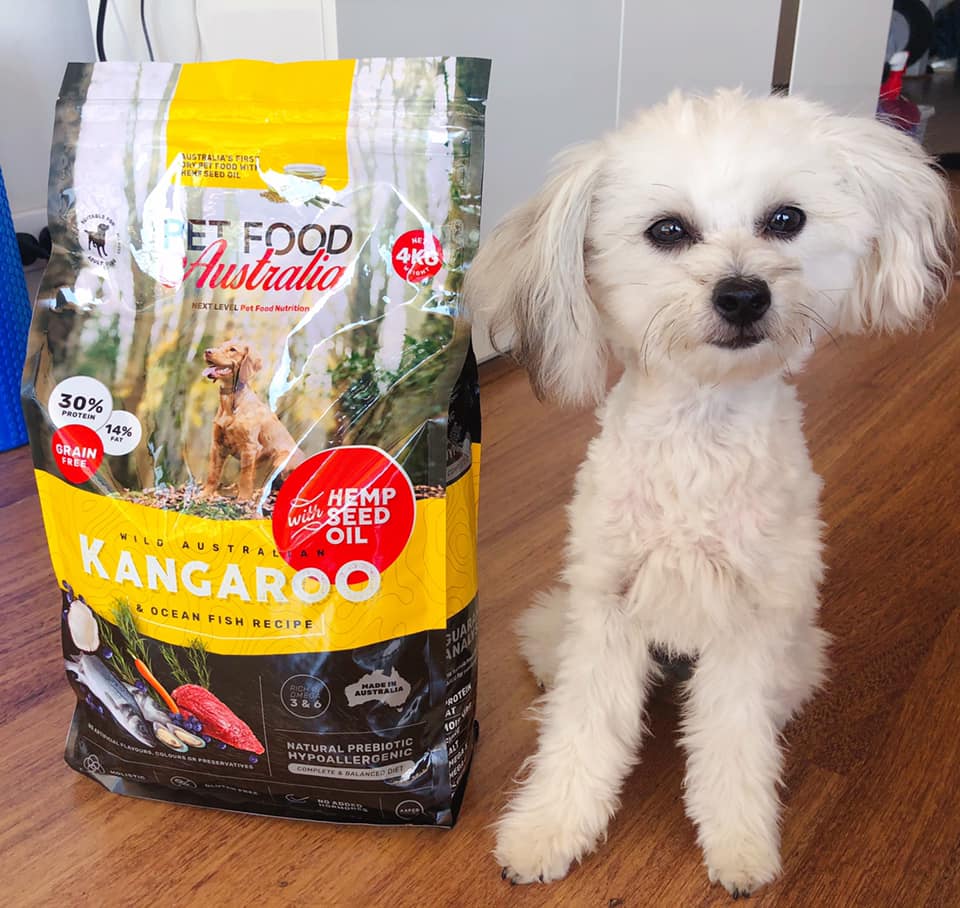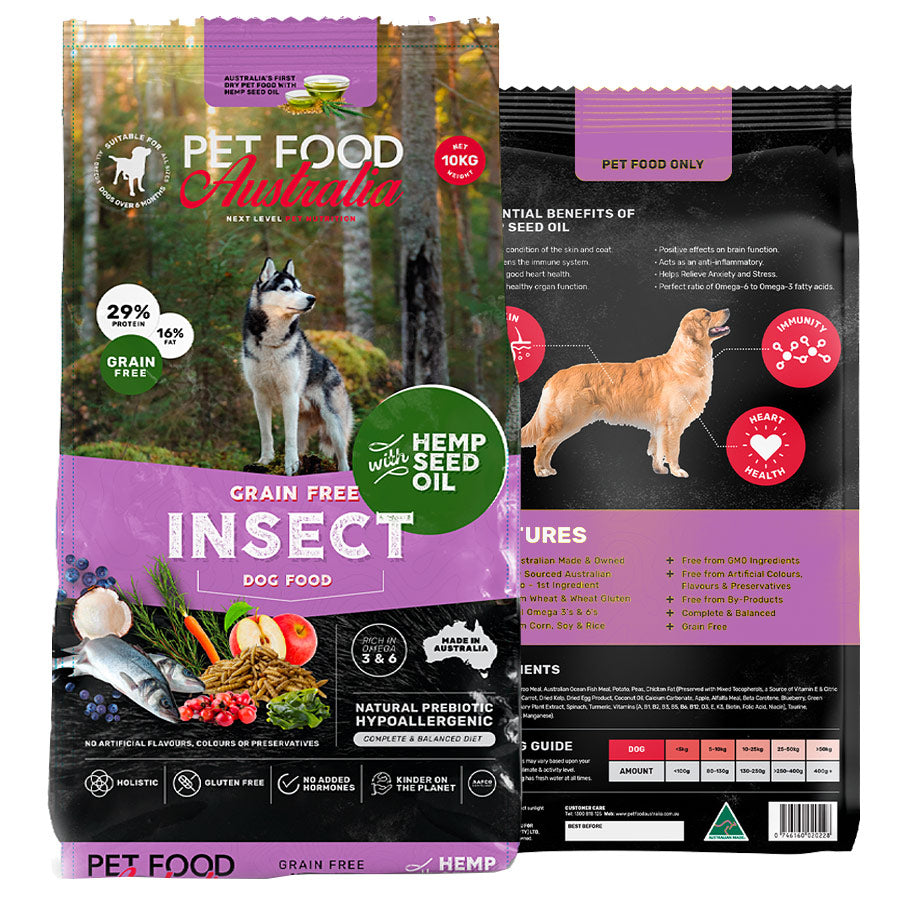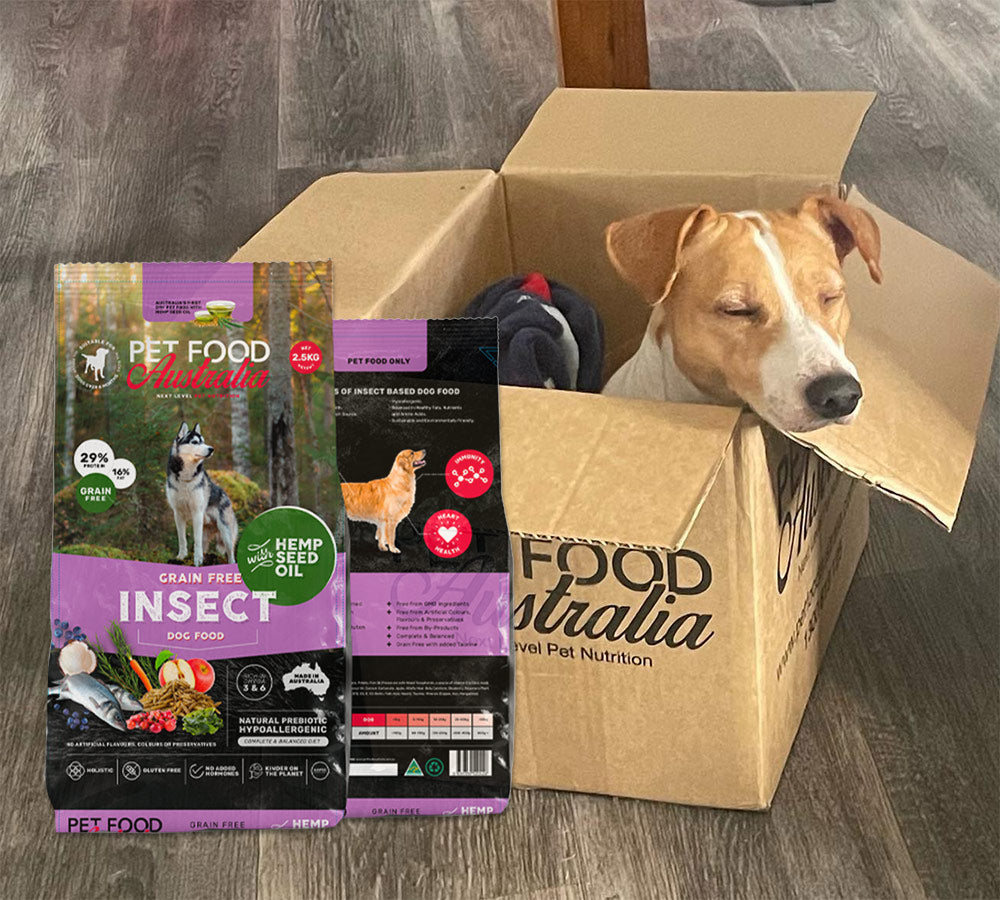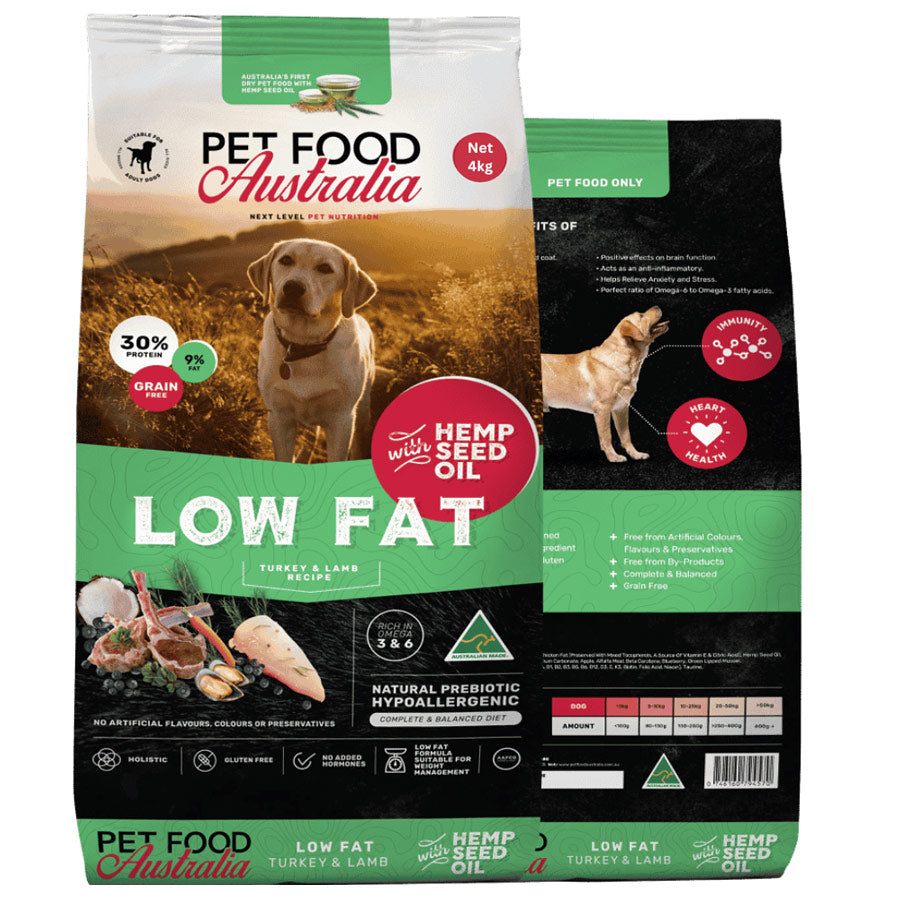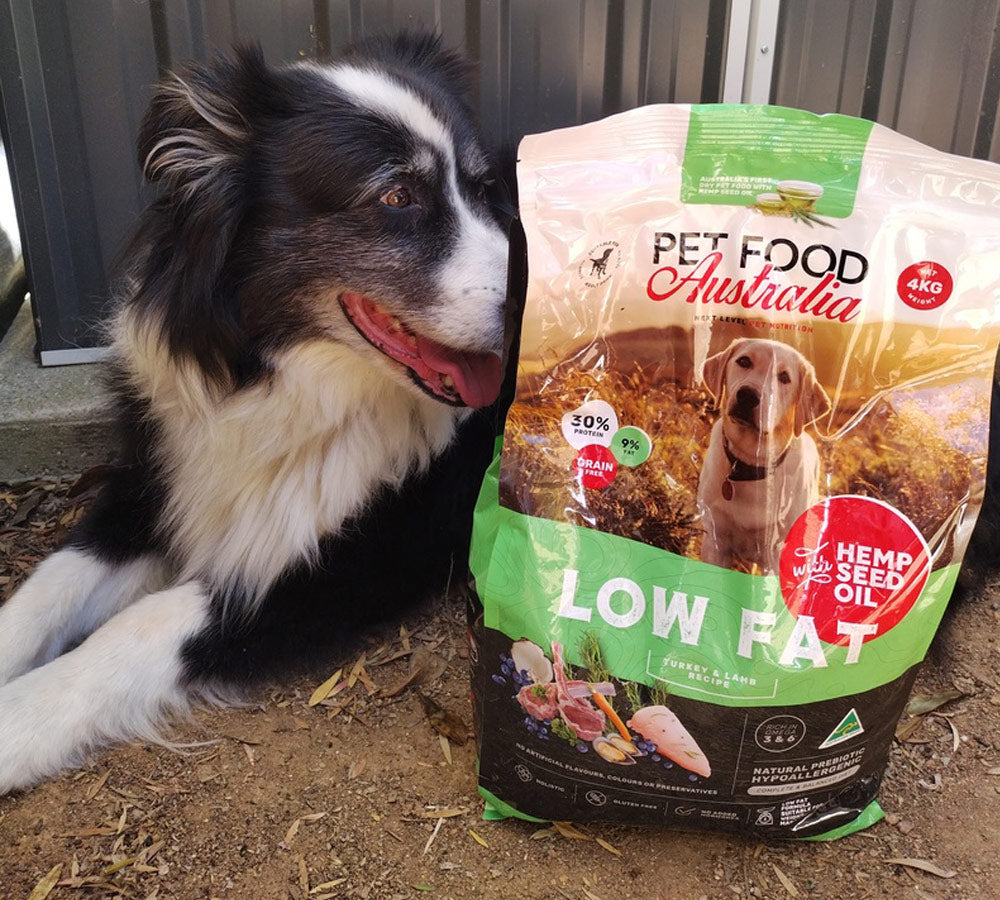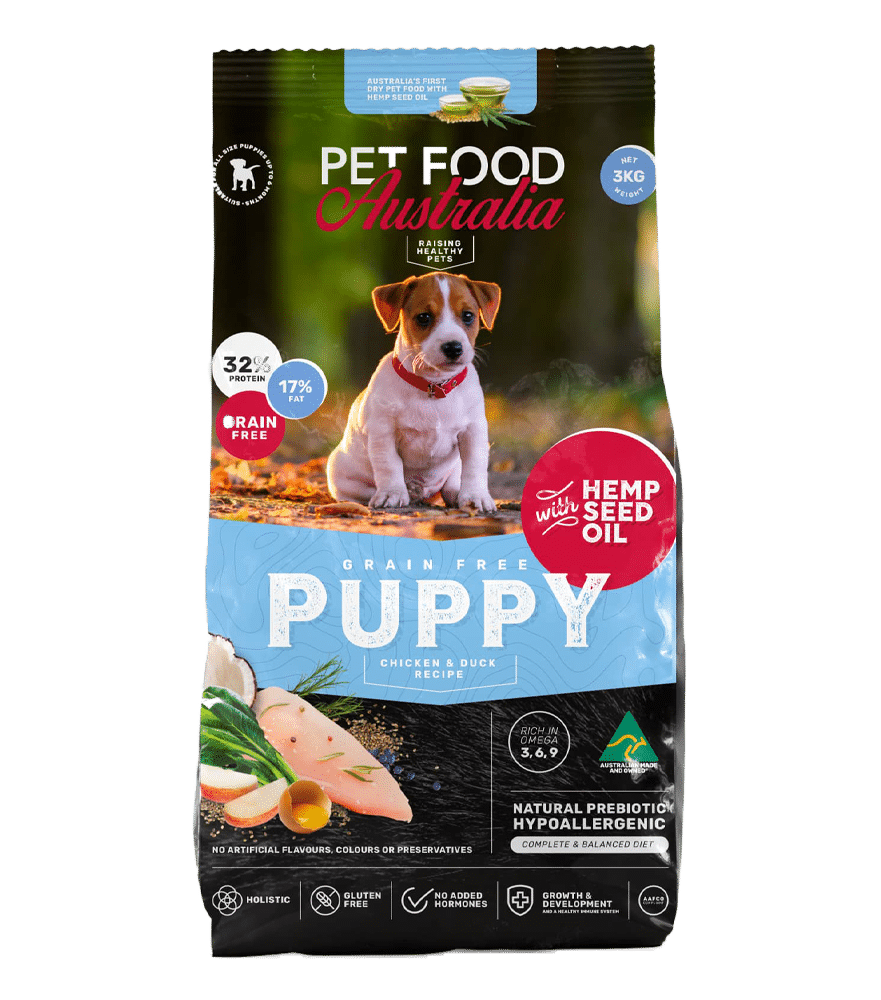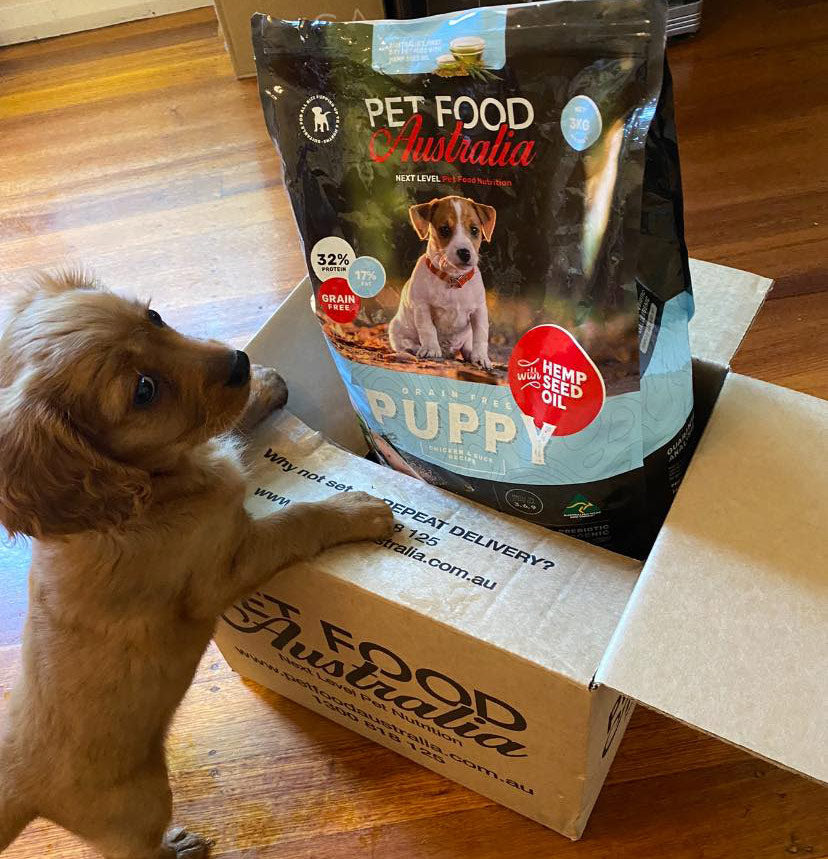Bloat In Dogs. Symptoms, Prevention & Treatment
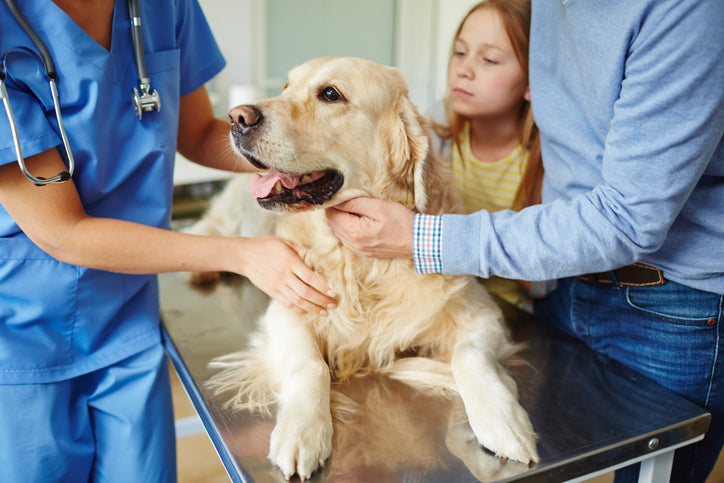
Bloating is often a mild case of discomfort that is easily relieved in people, but for dogs, it can be a life-threatening emergency.
Do you think we're exaggerating? Pet Charity Bluecross recently wrote a blog post explaining, "Bloat is one of the most serious emergencies in dogs that vets face."
Bloating in dogs should be treated as a medical emergency, and pet owners should be aware of the possible symptoms to stay ahead of the condition.
So, keep reading to discover the symptoms of bloat in dogs, prevention methods and treatment options.
What Is Bloat In Dogs?

Bloat happens when the stomach fills with gas and twists, limiting the blood supply to the gut and preventing gas and food from leaving. It can also cause the spleen to twist and lose circulation, blocking vital veins that transport blood to the heart.
Bloat in dogs can be life-threatening. And all conditions need to be treated with urgency. Bloat is extremely painful for dogs and, without veterinary intervention, can take your pet's life in a matter of hours.
At a scientific level, bloat in dogs is also known as gastric dilatation-volvulus.
Symptoms of Bloat In Dogs?

Learn to spot the red flags early—symptoms of bloat can come on fast and worsen within hours. It's a condition that progresses quickly, and early detection can mean the difference between life and death. If you notice any of the following symptoms, contact your vet immediately:
Swollen or distended abdomen – One of the most obvious signs. Your dog's belly may appear tight or bloated.
Unproductive vomiting – Your dog may try to vomit, but nothing comes up, or only foam or saliva is produced.
Excessive drooling – A sign of nausea or distress, often accompanying attempts to vomit.
Restlessness or pacing – Dogs may struggle to get comfortable or seem agitated.
Rapid breathing or panting – Difficulty breathing can occur as the stomach expands and puts pressure on the diaphragm.
Signs of pain when touched – Your dog may yelp, whine, or react when you touch their abdomen.
Collapsed or weak posture – As bloat worsens, dogs can become lethargic or collapse due to shock or decreased circulation.
Pale gums – A possible sign of poor blood circulation, common in later bloat stages.
Excessive licking of the lips or air – A subtle sign of discomfort or nausea.
Increased heart rate – Often caused by pain or the body going into shock.
Bloat is extremely painful and distressing for your dog, and symptoms can escalate within minutes. If you notice even a few of these signs, don't wait—seek emergency veterinary care immediately.
What To Do If You Suspect Your Dog Is Bloated
Bloat is a true medical emergency. If you suspect your dog is showing signs of bloating, don't hesitate to take it straight to the vet. Call ahead if you can and let them know you're coming in so that they can act immediately.
Treatment For Bloat In Dogs

Once you arrive at the vet's, your part in the treatment plan is complete. The vet will take over everything from there.
Case and condition dependant, there are a few things that your vet will do to save your bloated pet. Initially, they will try to release the build-up of gas and air inside the stomach. This will help take the pressure off surrounding organs and prevent the tissue in the stomach from dying. This is done either using a tube and stomach pump or through a stomach surgery.
Painkillers, fluids, and antibiotics will also be administered throughout the treatment to help slow down the heart rate and reverse the shock your pet may have experienced.
After your pet is stable, vets will recommend surgery to repair any of the damage caused by the episode and operate on the stomach to try to stop the issue from happening again.
While there are no home remedies to treat dogs with bloat, there are ways you can help to prevent it:
How To Prevent Bloat In Dogs?

While not all cases of bloat are preventable, there are several steps you can take to reduce your dog's risk. Prevention often involves mindful feeding habits, managing stress, and understanding your dog's individual needs.
Feed smaller, more frequent meals—Avoid giving your dog one large meal per day. Splitting your dog's food into two or three smaller meals can help reduce the amount of air they swallow during eating.
Use slow-feeder bowls—Dogs that eat too quickly are at a higher risk of developing bloat. A slow-feeder or puzzle bowl can help your dog take its time and reduce gulping.
Avoid vigorous exercise around mealtimes – Don't allow your dog to run, play, or jump around immediately before or after eating. Wait at least an hour after meals before allowing active play.
Keep water accessible, but not in large amounts during meals – Always ensure your dog has access to fresh water, but discourage excessive drinking during or immediately after eating.
Limit stress and anxiety – Stress can affect your dog's digestion. Try to keep mealtimes calm and create a relaxed home environment, especially if your dog is easily excitable or anxious.
Stay informed and observe your dog – Knowing what's normal for your dog and noticing changes early can help you act quickly if something seems off.
By taking these precautions, you're giving your dog the best chance of staying safe from bloat. It's not just about feeding—it's about setting up a daily routine that supports your dog's long-term health and well-being.
Bloat in dogs is a serious and often sudden condition that no pet owner wants to face—but being informed can make all the difference. By recognising the early warning signs, acting quickly, and following simple prevention steps, you can help protect your dog from this life-threatening emergency.
At Pet Food Australia, we're passionate about supporting the health and well-being of your pets through high-quality nutrition and expert advice. A healthy lifestyle starts with what's in the bowl—so give your dog the best chance at a long, happy life with food that's made to support their whole-body health.




